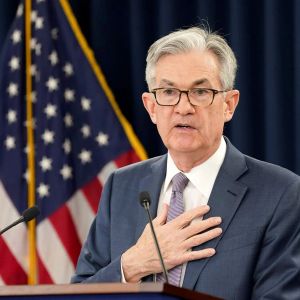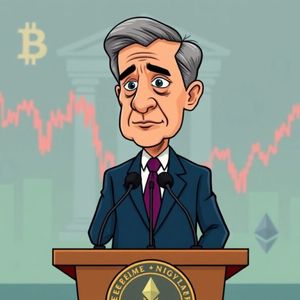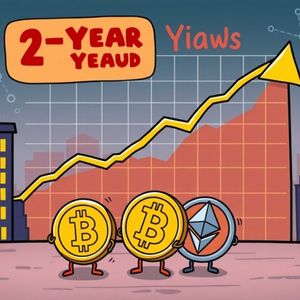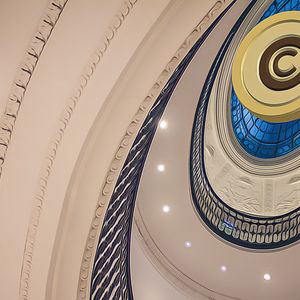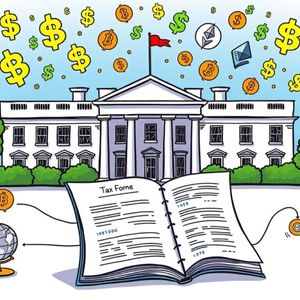After the Fed left interest rates unchanged and two Fed members voted against it, Chairman Jerome Powell made a statement and answered questions live on air. Here are all the highlights from Powell's speech: The economy is in a solid position. Inflation is slightly above targets. The current policy stance puts us in an advantageous position. The Fed remains focused on its dual mandate objectives. Indicators show that economic growth is slowing. The slowdown in growth reflects a slowdown in consumer spending. Housing sector activity remains weak. The unemployment rate remains low and within a narrow range. Labor market conditions are generally stable. Overall indicators show that the labor market is close to full employment. Wage growth has slowed but is still above inflation. Core personal consumption expenditures (PCE) may rise 2.7% year-over-year in June. While inflation has decreased compared to 2022, it remains high. Most indicators of long-term inflation expectations are consistent with the Fed's targets. Customs duties have pushed up the prices of some goods. The impact of the government's policy changes remains unclear. Inflation can be short-term or more persistent. A reasonable baseline scenario is that the impact of tariffs on inflation will be short-lived. The policy review is expected to be completed by the end of summer. Data to be released soon will help the Fed determine its future policy direction. The current policy stance is consistent with inflation risks. Current policy can be described as moderately restrictive. There are downside risks in the labor market. More information is expected in the coming months. We have not yet made any decisions about the September meeting. Uncertainty has remained largely unchanged since the last meeting. This is a very active period for trade negotiations right now. Most estimates of effective tariff rates remained largely unchanged. Looking at the labor market, it appears to be still in balance in many respects. Many labor force indicators are similar to a year ago. Currently, labor demand and supply are decreasing at approximately the same rate. The most important figure to pay attention to is the unemployment rate. Members who opposed the decision to keep interest rates constant clearly expressed their opinions. The economy currently requires moderate restrictions. It is impossible to make a decision based on the June forecast (dot plot) after six weeks. Currently, there are several different views on the neutral interest rate. My personal view is that it is in the moderately restrictive range, but various parties have different estimates on this. We will make decisions by monitoring developments and understand this through the true role of the neutral interest rate. It is too early to assess the impact of customs duties. Customs duties are beginning to affect consumer prices, and inflation data is expected to be affected by further customs duties. We will ensure that this does not turn into serious inflation. Customs duties may be reflected in prices more slowly than expected. We strive to achieve our goals efficiently. I do not think that the financial bill will bring any particular stimulus to the economy. We do not consider the cost to the government of interest rate changes. We had a pleasant meeting with the President. It was an honor to host him. It was a wonderful visit. The FED's renovation project was conceived ten years ago. Inflation is currently broadly close to the 2% target. We are currently experiencing “compensation inflation” that reflects past pressures. It is impossible to isolate the impact of tariffs on inflation. While services inflation is falling, goods inflation is rising. You can refresh the page to see the current version of the explanations. Related News: BREAKING: FED Announces Its Much-Anticipated Interest Rate Decision - Here Are the Details and Bitcoin's First Reaction The Federal Open Market Committee (FOMC) voted 9-2 to maintain interest rates at their current levels. Fed Governors Michelle Bowman and Christopher Waller voted against the decision. Both officials have previously advocated for easing monetary policy. This situation brings to mind the last time multiple administrators opposed an interest rate decision in late 1993. This kind of divergence, not seen within the Fed for a long time, indicates that differing approaches to monetary policy are becoming increasingly evident. *This is not investment advice. Continue Reading: BREAKING: Fed Chairman Jerome Powell Makes Statement Following Interest Rate Decision – LIVE


